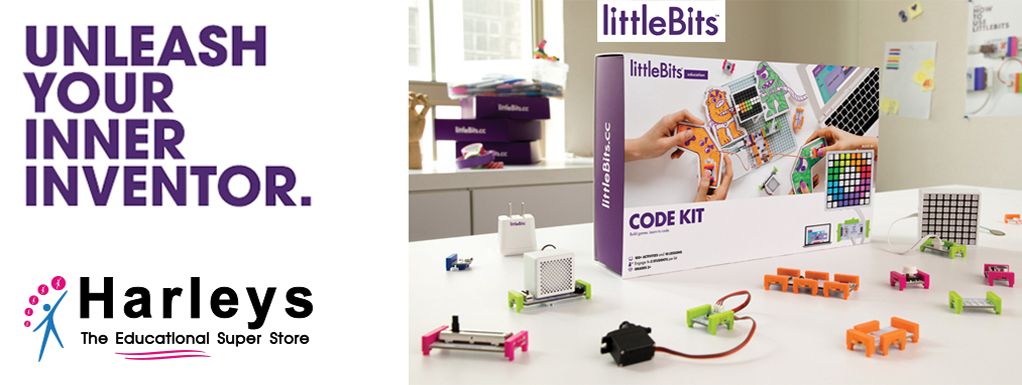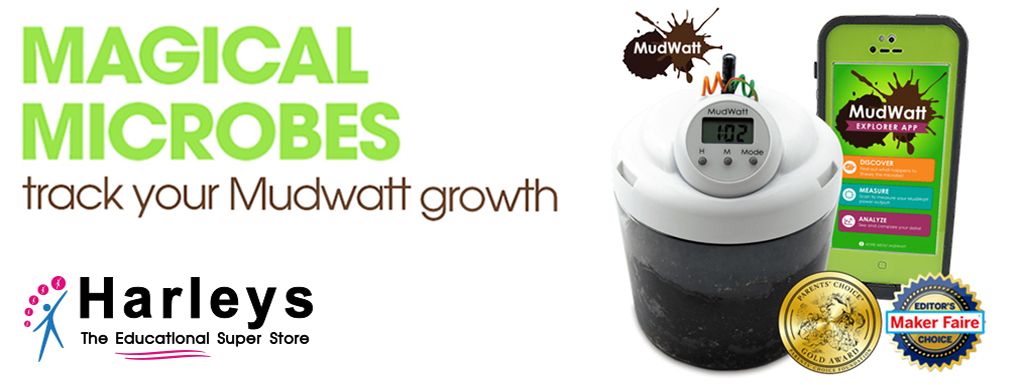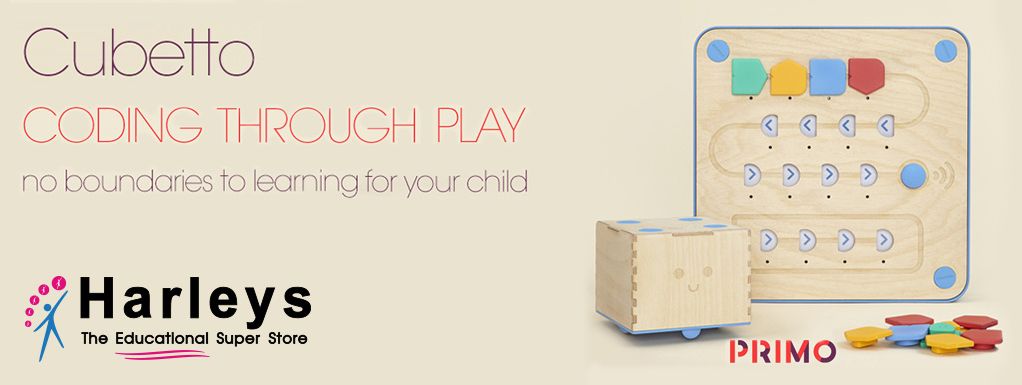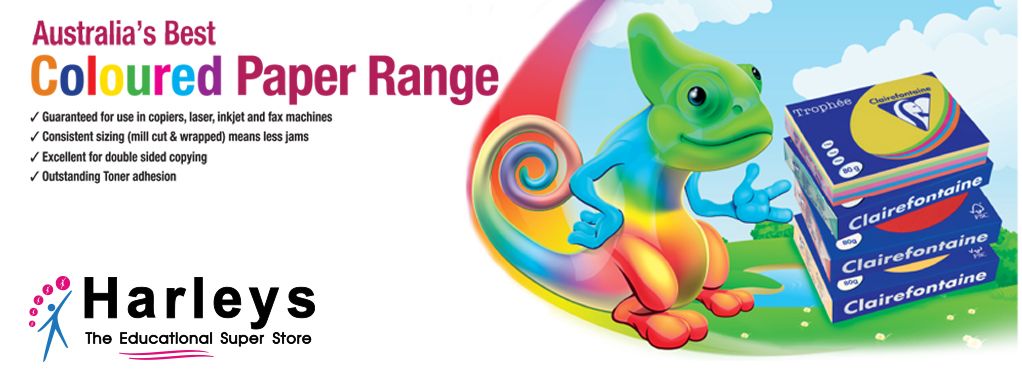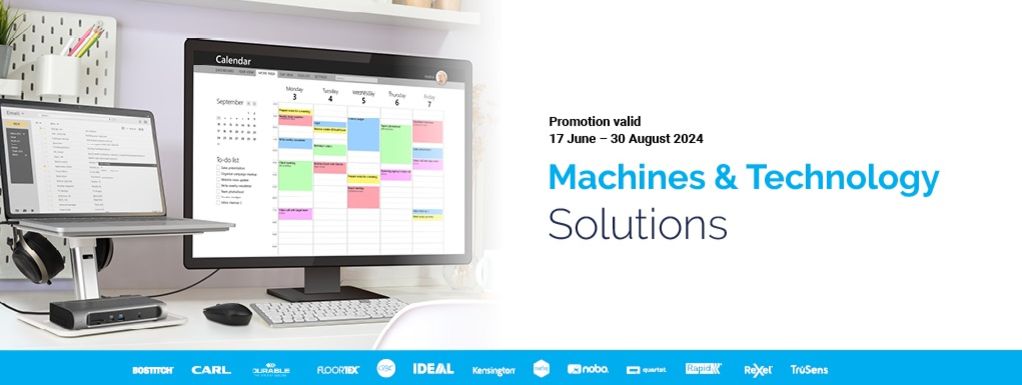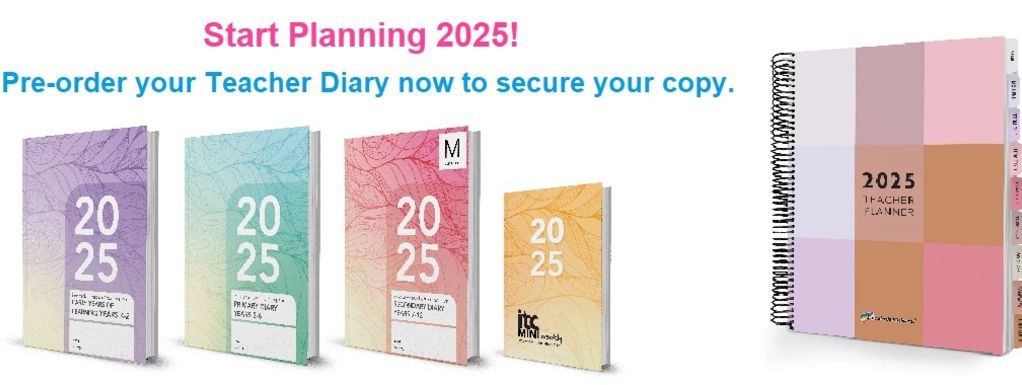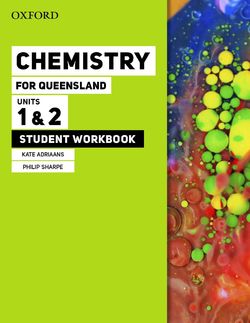The new Queensland Chemistry syllabus affects all aspects of teaching and learning – new teaching content, new course structure and a new approach to assessment. As EPAA Secondary Publisher of the Year 2017, 2018 and 2019, Oxford University Press is committed to helping teachers and students in Queensland reach their full potential. Chemistry for Queensland Student workbooks are standalone resources designed to help students succeed in their internal and external assessments. With an engaging design, full-colour photos and relevant diagrams throughout, the Student workbooks include:
- a Toolkit chapter focused on internal assessments and cognitive verbs
- Data drill activities that help students develop the key skills in analysis and interpretation required for the Data test
- Experiment explorer activities that support the modification of a practical as required in the Student experiment
- Research review activities that allow students to practise how to evaluate a claim and identify credible sources for the Research investigation
- Exam excellence activities that allow students to practice multiple choice and short answer questions in preparation for the external examination
- handy study tips throughout the chapters
- practice internal assessments for the Data test, Student experiment and Research investigation
- write-in worksheets for all mandatory and suggested practicals
- appendices such as the periodic table and formulas
- answers to all activities and practice assessments.
Chapter 1 Chemistry toolkit
- Responding to cognitive verbs
- Data test
- Student experiment
- Research investigation
UNIT 1: CHEMICAL FUNDAMENTALS – STRUCTURE, PROPERTIES AND REACTIONS
Chapter 2 Atomic structure and the periodic table
- Data drill 2: Melting point and electronegativity
- Experiment explorer 2: Variables in Rutherford's gold experiment
- Research review 2: Researching the development of the atom
- Exam excellence 2
Chapter 3 Introduction to bonding
- Data drill 3: Ionic bonding and melting points
- Experiment explorer 3 : Writing a risk assessment
- Research review 3: Researching ions in the body
- Exam excellence 3
Chapter 4 Isotopes
- Data drill 4: Reading isotope graphs
- Experiment explorer 4: Qualitative and quantitative experiments
- Research review 4: Referencing scientific papers
- Exam excellence 4
Chapter 5 Analytical techniques
- Data drill 5: Atomic absorption spectroscopy graphs
- Experiment explorer 5: Proposing practicals for AAS
- Research review 5: Oral presentations
- Exam excellence 5
Chapter 6 Compounds and mixtures
- Data drill 6: Understanding densities of common substances
- Experiment explorer 6: Separating mixtures
- Research review 6: Selecting a strong research question
- Exam excellence 6
Chapter 7 Bonding and properties
- Data drill 7: Identifying substances by using melting and boiling points
- Experiment explorer 7: Electrical conductivity of ionic, metallic and covalent substances
- Research review 7: Writing a research question
- Exam excellence 7
Chapter 8 Mole concept and law of conservation of mass
- Data drill 8: Limiting reagent graphs
- Experiment explorer 8: Calculating percentage yield
- Research review 8: Writing a research question
- Exam excellence 8
Chapter 9 Chemical reactions
- Data drill 9: Molar heats of combustion of alkanes
- Experiment explorer 9: Designing your own experiment
- Research review 9: Referencing scientific papers
- Exam excellence 9
Chapter 10 Measurement uncertainty and error
- Data drill 10: Accuracy, precision and errors during an experiment
- Experiment explorer 10: Identifying errors during an experiment
- Research review 10: Interpreting graphs
- Exam excellence 10
Chapter 11 Fuels
- Data drill 11: Reading tables – fuel consumption and CO2 emissions
- Experiment explorer 11: Writing a risk assessment for synthesising a biofuel
- Research review 11: Designing a poster
- Exam excellence 11
Unit 1: Practice Assessment Unit 1 Data test Unit 1 Student experiment Unit 1 Research investigation
UNIT 2: MOLECULAR INTERACTIONS AND REACTION
Chapter 12 Intermolecular forces
- Data drill 12: Effect of shape, structure and intermolecular bonding on boiling point
- Experiment explorer 12: Evaluating the validity of an experiment
- Research review 12: Writing an introduction
- Exam excellence 12
Chapter 13 Chromatography techniques
- Data drill 13: High-performance liquid chromatography (HPLC)
- Experiment explorer 13: Writing a dicussion
- Research review 13: Oral presentations
- Exam excellence 13
Chapter 14 Gases
- Data drill 14: Mass of gas released over time
- Experiment explorer 14: Investigation of Boyle's law – pressure versus volume
- Research review 14: Evaluating a claim
- Exam excellence 14
Chapter 15 Aqueous solutions and molarity
- Data drill 15: Surface tension of water
- Experiment explorer 15: Dilutions
- Research review 15: Researching methodologies
- Exam excellence 15
Chapter 16 Solubility and identifying ions in solution
- Data drill 16: Solubility of potassium nitrate in water
- Experiment explorer 16: Risk assessment and evaluating errors
- Research review 16: Writing a research question
- Exam excellence 16
Chapter 17: The pH scale
- Data drill 17: Investigating the pH of water
- Experiment explorer 17: Evaluating experimental methods
- Research review 17: Selecting a strong research question
- Exam excellence 17
Chapter 18 Reactions of acids
- Data drill 18: Efficiency of antacid tablets
- Experiment explorer 18: Reactivity of metals
- Research review 18: Credible and non-credible resources
- Exam excellence 18
Chapter 19 Rates of chemical reactions
- Data drill 19: Rate of reaction – volume versus time
- Experiment explorer 19: Proposing a hypothesis
- Research review 19: Writing a research question
- Exam excellence 19
Unit 2: Practice assessment Unit 2 Data test Unit 2 Student experiment Unit 2 Research investigation Chapter 20 Practical manual
- Investigating periodic trends using a database
- Simulating Rutherford's gold foil experiment
- Conducting a flame test
- Separating mixtures
- Testing for saturation
- Investigating limiting reagents
- Finding the percentage yield of magnesium oxide
- Applying Hess's law
- Measuring the molar heat of a chemical reaction
- Calorimetry: Measuring the enthalpy of a reaction
- Constructing 3D models of molecules
- Separating the components of a mixture by paper chromatography
- Investigating the properties of gases
- Boyles's law
- Precipitation reactions
- Investigating the effect of temperature on solubility
- Investigating the properties of strong and weak acids
- Reactions of acids with bases, metals and carbonates
- Investigating the rate of chemical reactions
Answers

